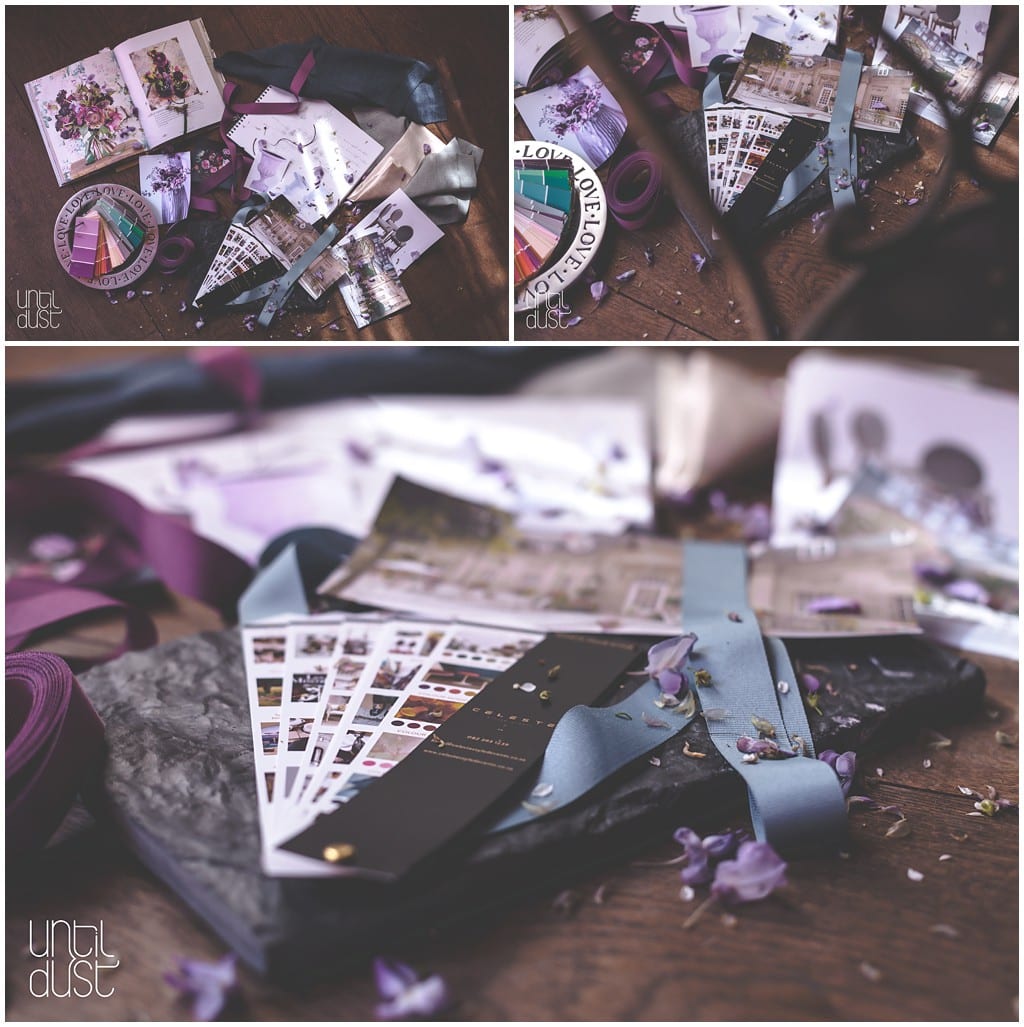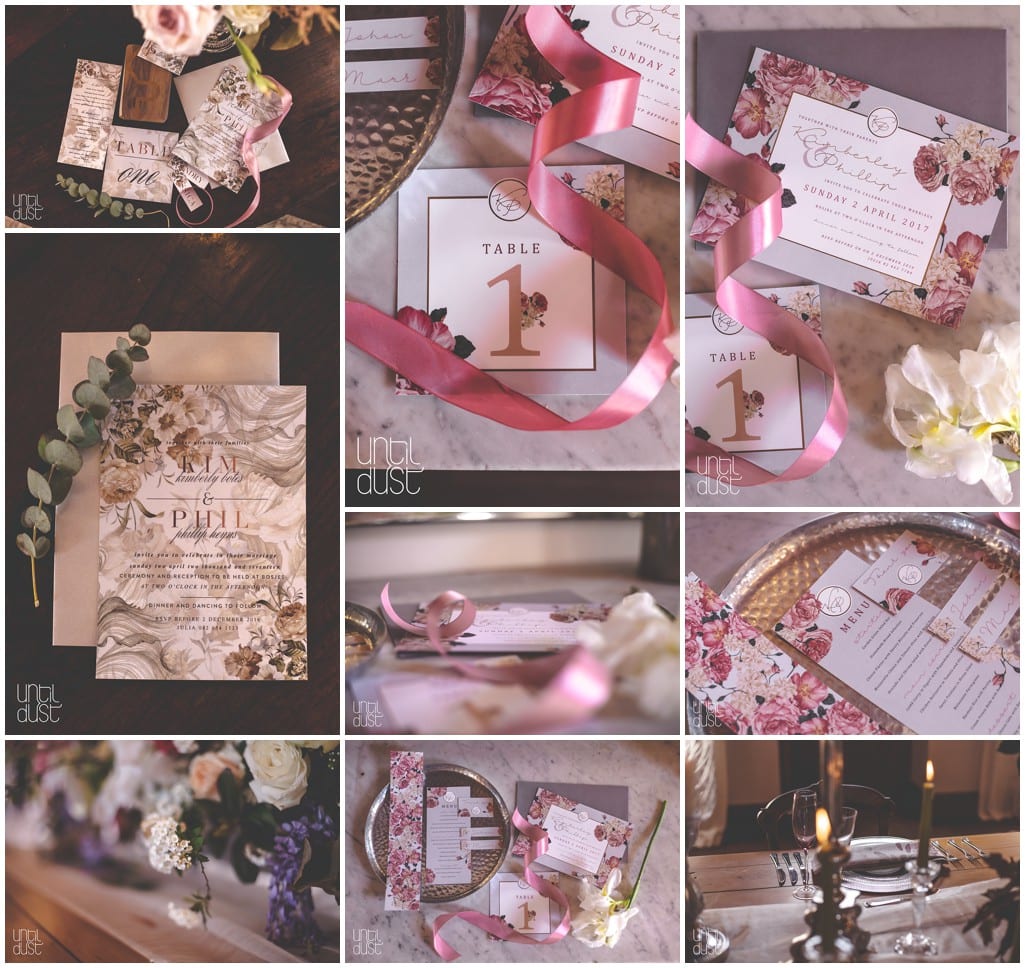Styling – Invites and wording, considering the options
When it comes to whose names are printed on a wedding invitation, modern life can make things a little confusing. Gone is the time when the wedding invitation was issued only by the bride’s parents (as hosts, this meant their names headed the line-up). These days, many different people – including the bride and groom – can (and do) host the wedding and issue the invitation. Today’s complex family structures (parents are divorced, widowed, remarried, and so on) only further complicate matters when it comes to the wording of the invitation.

Beyond the name game, it’s also important that the content of your invitation is clearly organized. It should give guests the following details: who, what (ceremony and/or reception), when, and where, as well as directions or a map (especially if the ceremony and reception are not the same venue).

KEEP THE FOLLOWING IN MIND WHEN WORDING YOUR INVITES
- Invitations are generally written in the third person, e.g., Mr. & Mrs. Stevens, rather than ‘we’.
- The bride’s name should appear before that of the groom.
- When you are listing the time, date and venue in your invitation, the time and date should be written first, with the venue last.
- Name(s)of the parent(s) of the bride or other hosts.
- Where the ceremony is taking place.
- Date, month and year of the ceremony.
- Time of the ceremony.
- Location of the wedding reception.
- Telephone number, e-mail address or postal address to which guests must reply.
- Specify any dress requirements, e.g., black tie, smart, no jeans etc.
- If children are invited, make this clear and include their name(s) on the invitation.
- However, if you want a child-free party, include a short tactful note, such as: ‘We are sorry, but we are unable to accommodate children’.
- ‘The honour of your presence’ or ‘the pleasure of your company’ is the normal choice of wording. The former is often used for invitations to religious ceremonies, such as a church wedding; the latter for invitations to an event in a non-religious site, such as a garden, hall or your home.
- No abbreviations are used. Either spell out a name or omit it: “Mark Claude Manet” not “Mark C. Manet.” Also, “Road”, “Street”, “Avenue”, “Reverend”, “Doctor”, and all military titles should be spelled out. Exceptions are: “Mr.” and “Mrs.” Many etiquette specialists prefer that “junior” be spelled out. When it is spelled out, the “j” is not capitalized.
- Days, dates, and times should preferably be spelled out.
- Only proper nouns are capitalized (i.e., the names of people and places, cities, states, name of the day of the week/month, etc.) Exceptions are the year line (“Two thousand”) or where the noun is the beginning of a new sentence or thought (“T” in “The favour of a reply is requested” or “Reception to follow”).
- It is considered socially incorrect to write “no children please” or “cash bar”. It is considered extremely socially incorrect to make any mention of gifts on invitations on the theory that we should expect nothing from our friends except their presence. Therefore the bridal registry will be printed in small and at the very bottom or last page of the invitation.



Images proudly captured for Celeste Styled Events by Until Dust Photography // Stationery design by Fleur Design Studio // Styling done by Celeste Styled Events


Leave a Reply